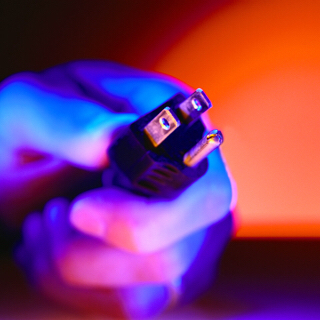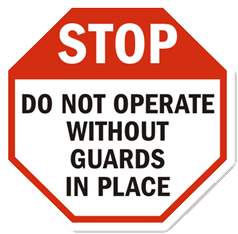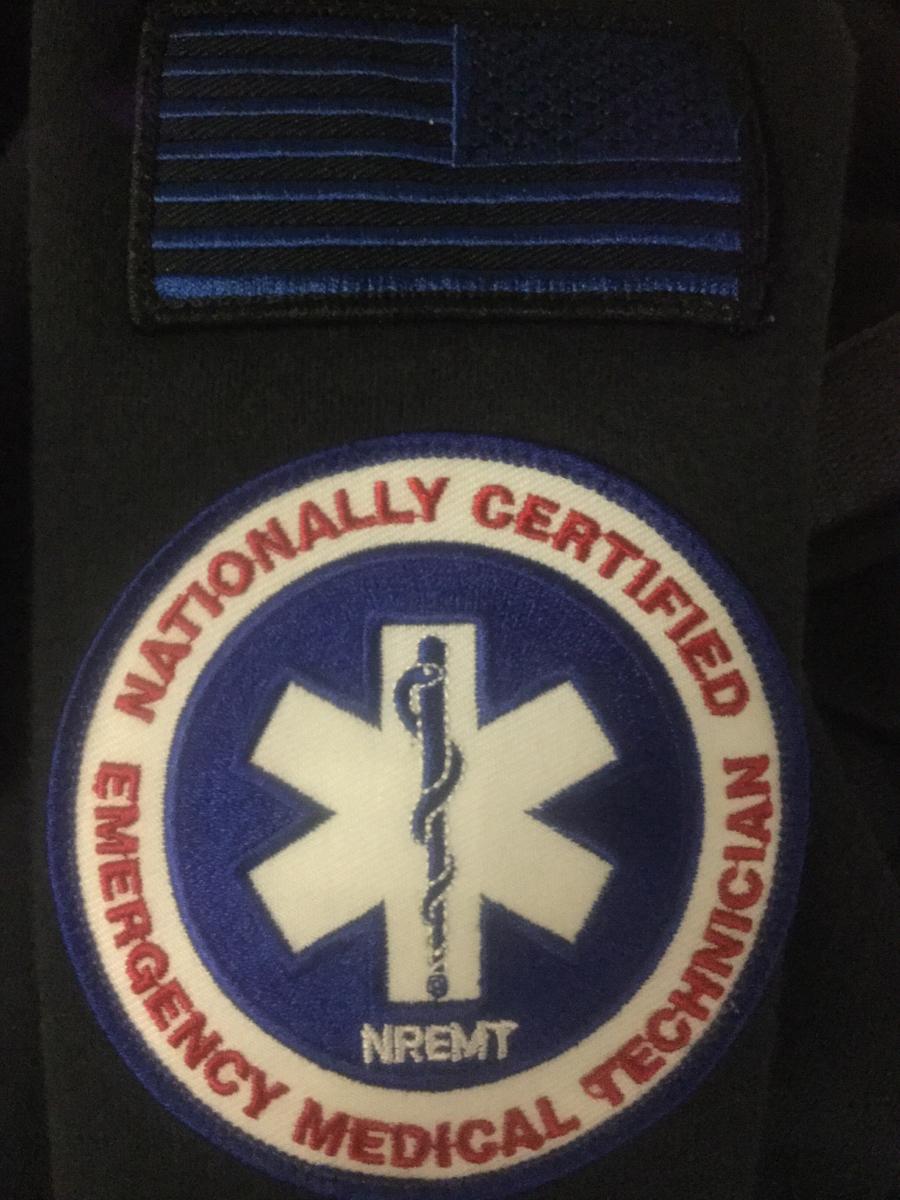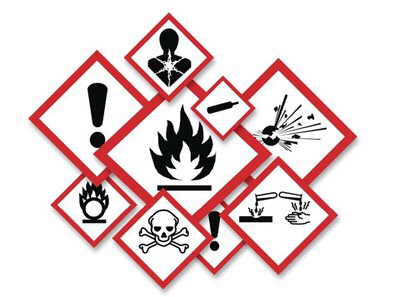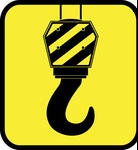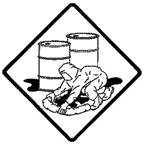Title Page
-
Conducted on
-
Prepared by
-
Location
Electrical Examination.
-
Electric equipment shall be free from recognized hazards that are likely to cause death or serious physical harm to employees. 1910.303(b)(1)
-
There shall be no damaged parts that may adversely affect safe operation or mechanical strength of the equipment, such as parts that are broken, bent, cut, or deteriorated by corrosion, chemical action, or overheating. 1910.303(b)(7)(iv)
-
EXTENSION CORDS: Portable cord and plug connected equipment and flexible cord sets (extension cords) shall be visually inspected before use on any shift for external defects (such as loose parts, deformed and missing pins, or damage to outer jacket or insulation) and for evidence of possible internal damage (such as pinched or crushed outer jacket). Cord and plug connected equipment and flexible cord sets (extension cords) which remain connected once they are put in place and are not exposed to damage need not be visually inspected until they are relocated. 1910.334(a)(2)(i)<br><br>1910.305(g)(1), Use of flexible cords and cables. For example, the flexible power cord is not to be routed through walls, windows, ceilings, floors, or similar openings.
-
Outlets: When an attachment plug is to be connected to a receptacle (including an on a cord set), the relationship of the plug and receptacle contacts shall first be checked to ensure that they are of proper mating configurations. 1910.334(a)(2)(iii)
-
TURNBUCK ELECTRICAL CORDS: Cords should be free from damage, cuts, fraying, burned jackets, exposed wire, etc. Housing covers on motor/gears? No foreign materials stored in housing units. No damage to foot control cords. 1910.334(a)(2)(i)
-
Conductors shall be spliced or joined with splicing devices identified for the use or by brazing, welding, or soldering with a fusible metal or alloy. Soldered splices shall first be spliced or joined to be mechanically and electrically secure without solder and then soldered. All splices and joints and the free ends of conductors shall be covered with an insulation equivalent to that of the conductors or with an insulating device identified for the purpose. 1910.303(c)(3)(i)
-
WELDING UNIT CORDS: Cords should be free from damage, cuts, fraying, burned jackets, exposed wire, etc. 1910.334(a)(2)(i)
-
COMPUTER TERMINAL: A RELOCATABLE POWER TAPS may be provided with a means for temporary mounting. A tool shall not be required to dismount. UL1363 7.1<br><br>A component (RPT) shall be used in accordance with its rating established for the intended conditions of use. UL 1363 2.1.3
-
MULTIPLE PLUG ADAPTORS: Cords should be free from damage, cuts, fraying, burned jackets, exposed wire, etc. 1910.334(a)(2)(i)
-
WET/DAMP LOCATIONS: Electrical tools and equipment being use in a dry conducting location? 1910.304(g)(6)(iv)(B)
-
DISCONNECT SWITCHES AND CIRCUIT BREAKERS: Are they labeled to indicate their use or equipment served? Located within sight of the motor control device? Are safety signs and tags, safety symbols, or accident prevention tags used where necessary to warn employees about electrical hazards which may endanger them, as required by 1910.145.1910.335(b)(1)
-
Are exposed live electrical parts operating at 50 volts or more guarded against accidental contact by approved cabinets or enclosures, by location, or by limiting access to qualified persons?<br>1910.303(g)(2)(i)
-
In locations where electric equipment is likely to be exposed to physical damage, enclosures or guards shall be so arranged and of such strength as to prevent such damage. 1910.303(g)(2)(ii)
-
The width of working space in front of the electric equipment shall be the width of the equipment or 762 mm (30 in.), whichever is greater. In all cases, the working space shall permit at least a 90-degree opening of equipment doors or hinged panels 1910.303(g)(1)(i)(B)
-
Electric equipment shall be firmly secured to the surface on which it is mounted. 1910.303(b)(8)(i)
-
Material used in the construction of guards shall be of such design and strength as to protect individuals from identified hazards. Guards shall be free of sharp edges, burrs, slag welds, fasteners, or other hazards that may injure individuals when handling, removing or using the guards or equipment. Handles placed on guards shall be secured to the guard so as not to create a pinch point between the handles and the guard, frame or machine. The design and construction of the guard shall ensure that individuals cannot reach the hazard by reaching over, under, around, or through the guard. Guard must be tight enough that one would have to use a tool to remove of loosen. ANSI B11.19-2010 <br>
Arc Flash
-
Is there a written arc flash program?
-
Has the PPE been tested?
-
Are employees has initial training and retraining?
-
Are there observations of electrical work to ensure the following of S.O.P.s?
-
Is NEC 110.16, IEEE 1584 and OHSA 1910.132(d) and 1926.28(a) followed in procedures and programs of electrical work and arc flash?
-
Notes:
-
Add signature
